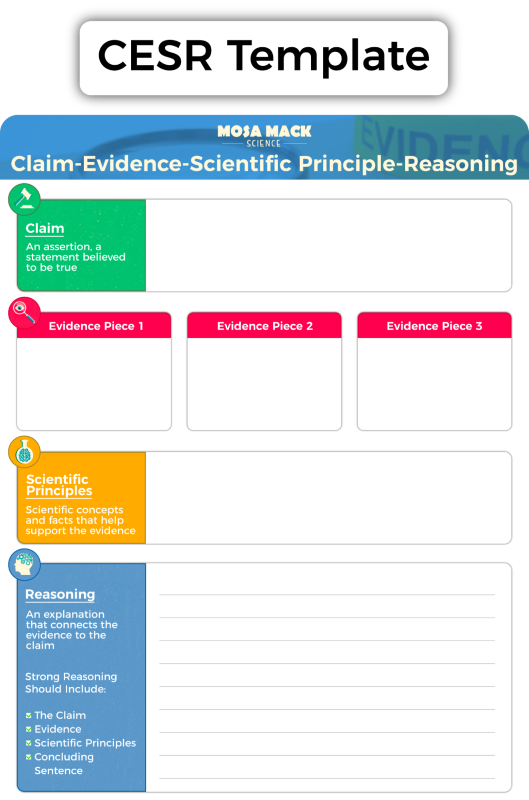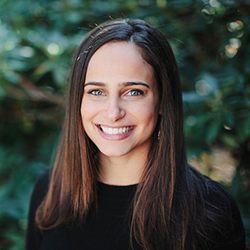A New Framework for Teaching “Reasoning” in Claim-Evidence-Reasoning
Resource from Lissa Johnson, Founder of Mosa Mack Science
Science requires precise thinking and well-structured writing, which many students struggle with. That’s how we zeroed in on strategies for teaching Claim-Evidence-Reasoning as the subject for a recent educator webinar. However, during the webinar, we discovered that the current three-step structure that is widely used to teach these concepts is missing something.
We breezed through “claim” and “evidence” in the webinar, but as soon as we turned to “reasoning,” the hand-raise button on the Zoom chat started flashing like a fire alarm.
Upon further discussion and reflection, we realized that the current framework does not provide enough guidance for the reasoning component. It leaves both teachers and students with some very substantial questions:
- How do you use reasoning to connect the evidence and claim?
- How do students incorporate prior knowledge and scientific principles?
- What does strong reasoning look like?
- How do you assess reasoning?
This led us to enhance the CER framework with a change that clarifies when and how to weave in specific principles with CESR:

Claim-Evidence-Scientific Principle-Reasoning.
The scientific principles are the related science concepts that can be used to explain how the evidence proves or disproves the claim. Ideally, these concepts will be extracted from unit resources like student notes, slideshows, and reading passages that were used when the lesson was taught.
Adding scientific principles directly into the CER framework helps students and teachers have a clearer idea of how to tie study data back to scientific principles in a way that also strengthens their reasoning. Reasoning will naturally become stronger with validation from other scientific proof.
Explore the CESR Resources, including a CESR template, CESR guidelines, and a student checklist.



About the Author
Lissa Moses Johnson
Founder, CEO, Mosa Mack Science
Mosa Mack Science creates award-winning inquiry-based science resources that pairs phenomena and mysteries with hands-on labs and engineering challenges.




